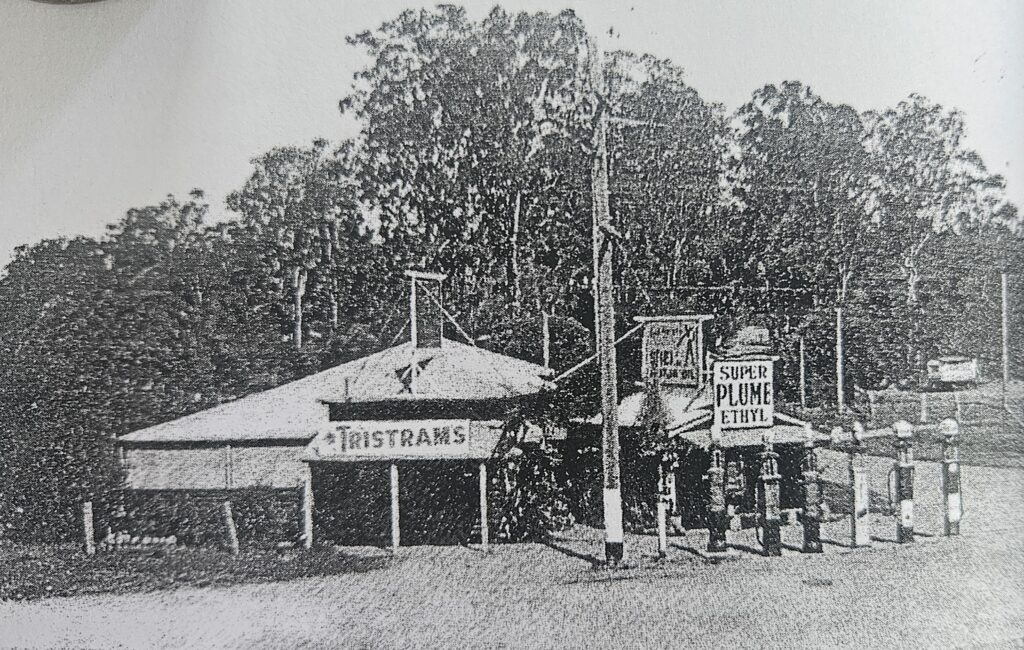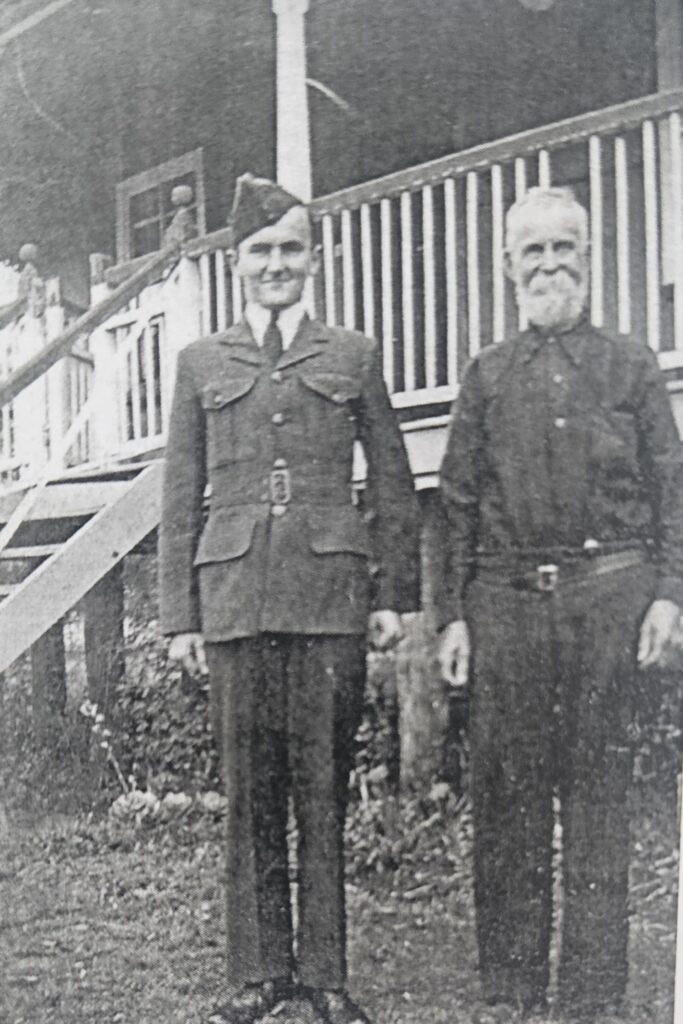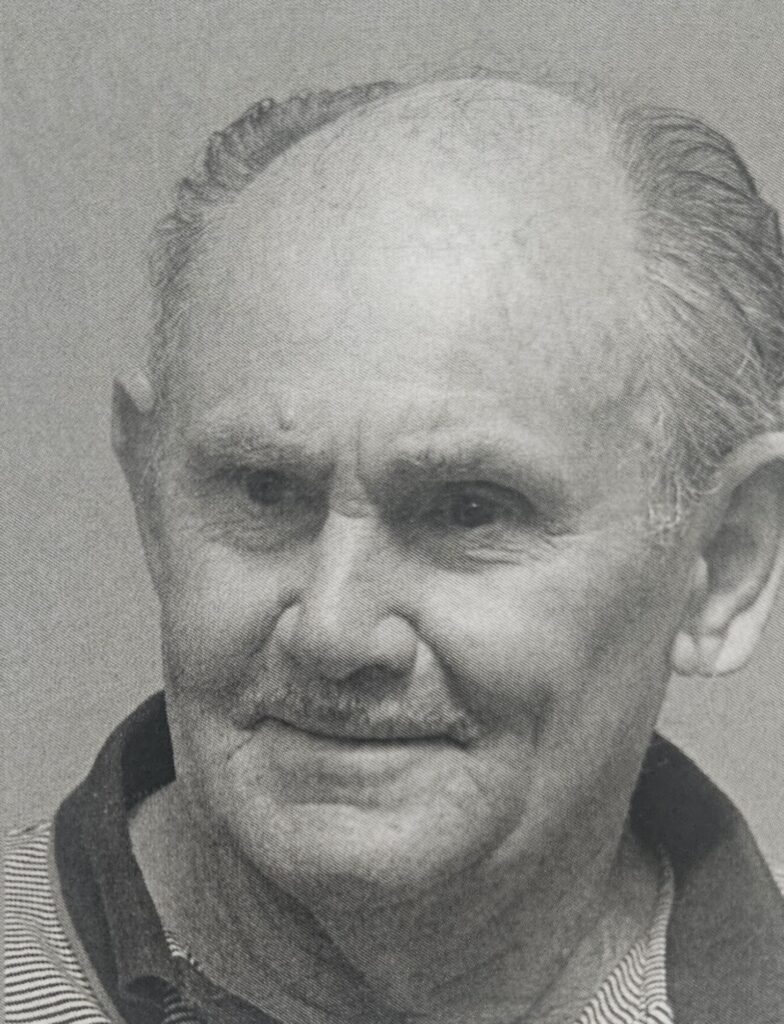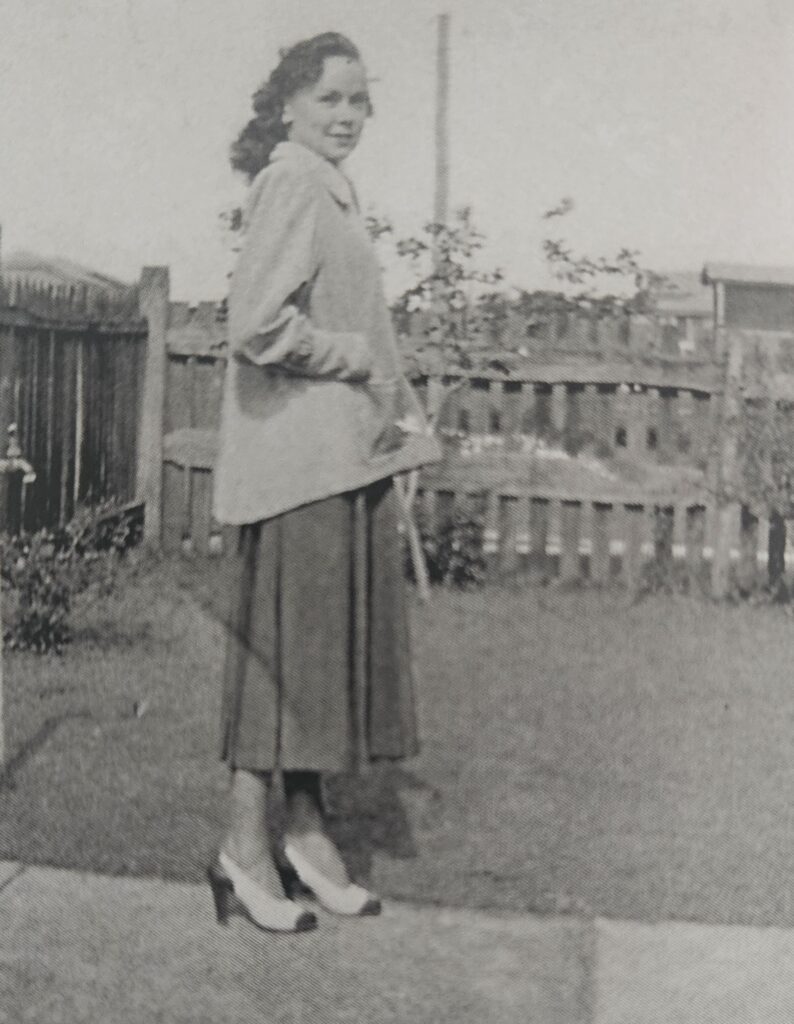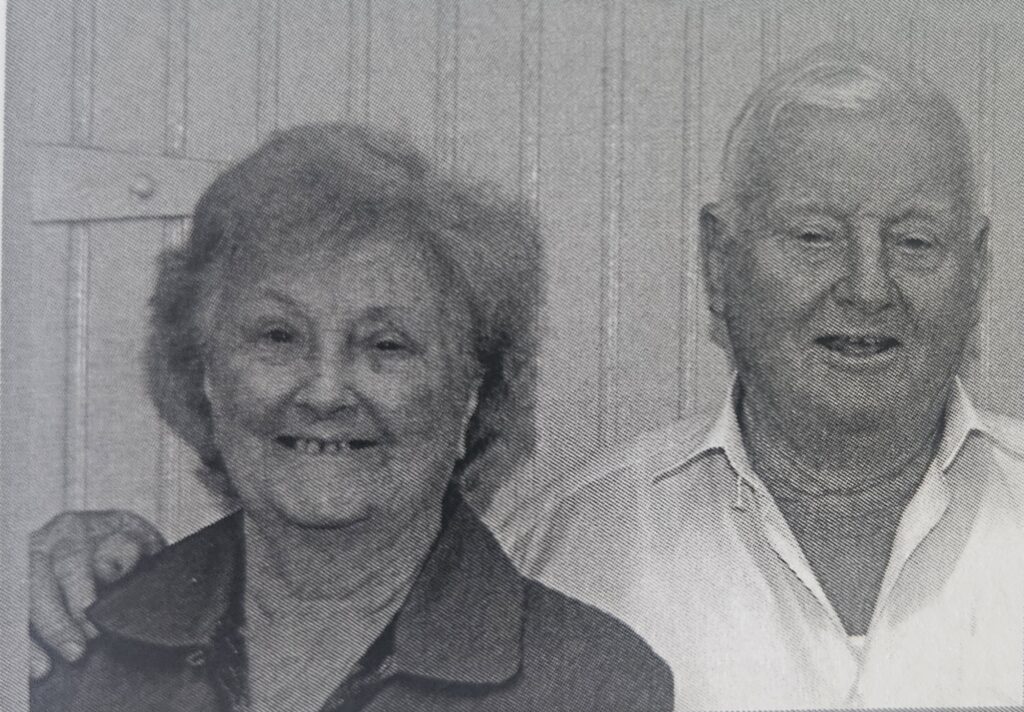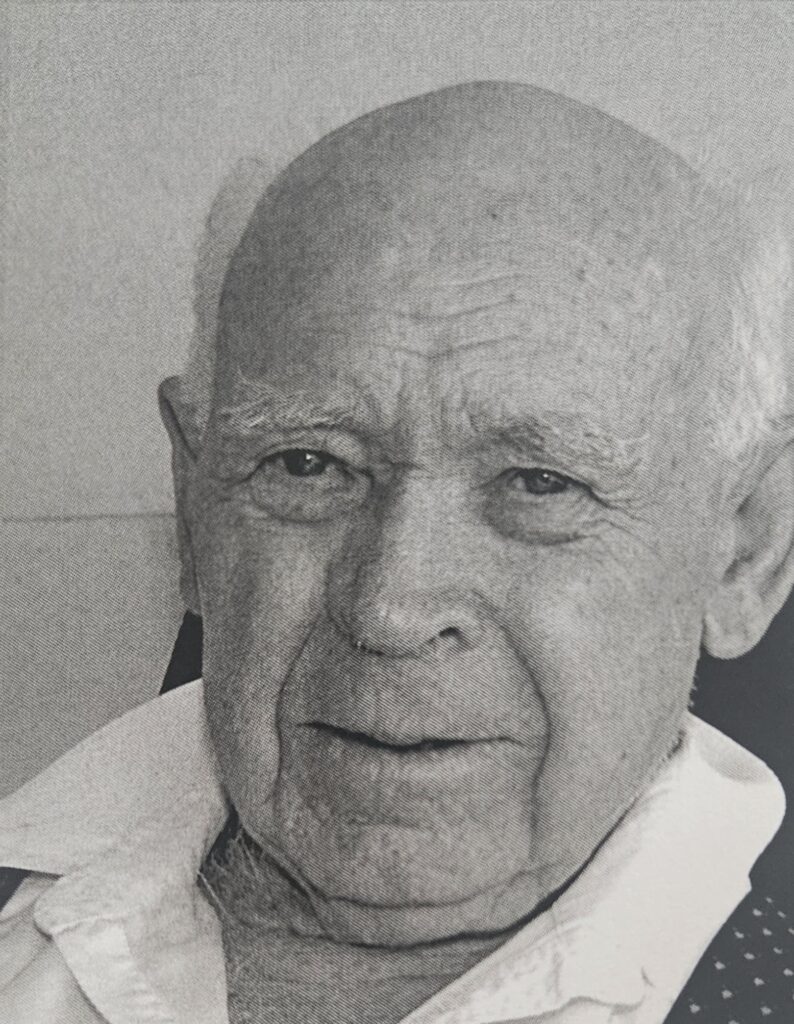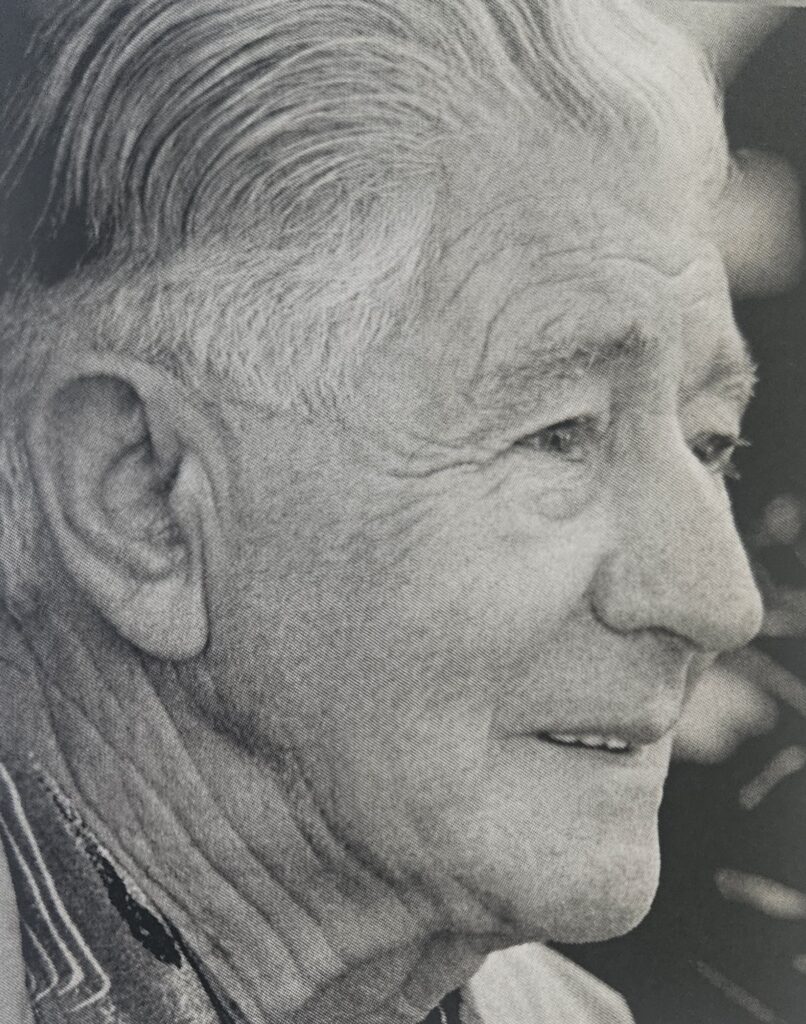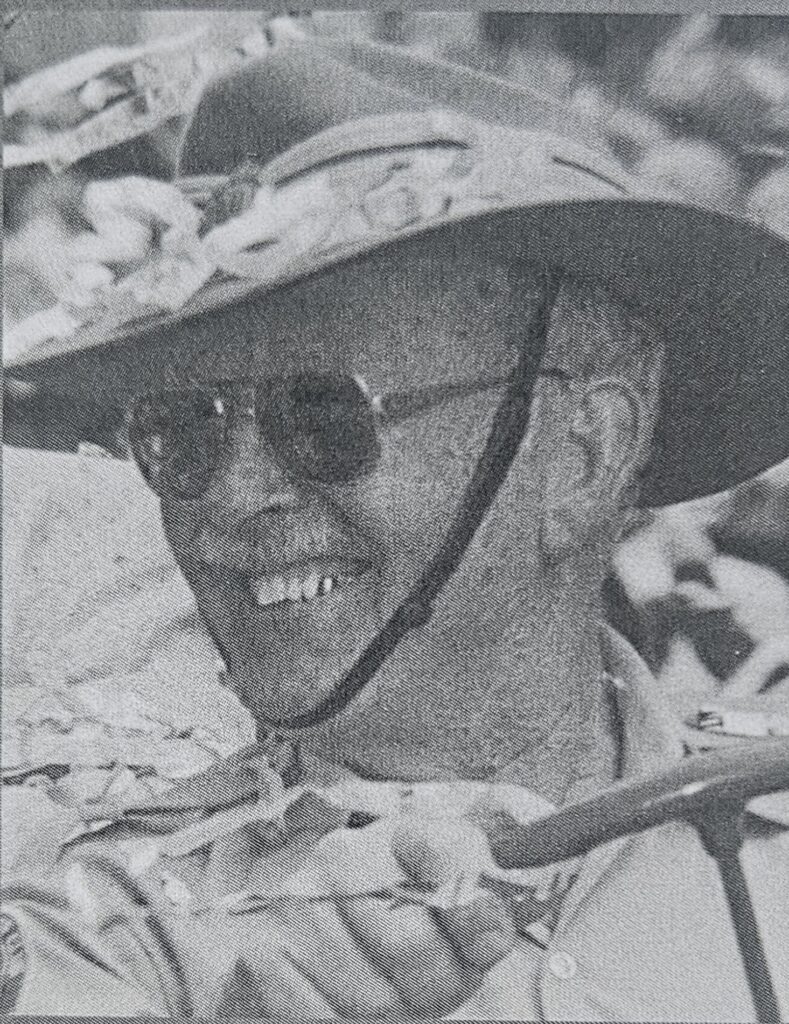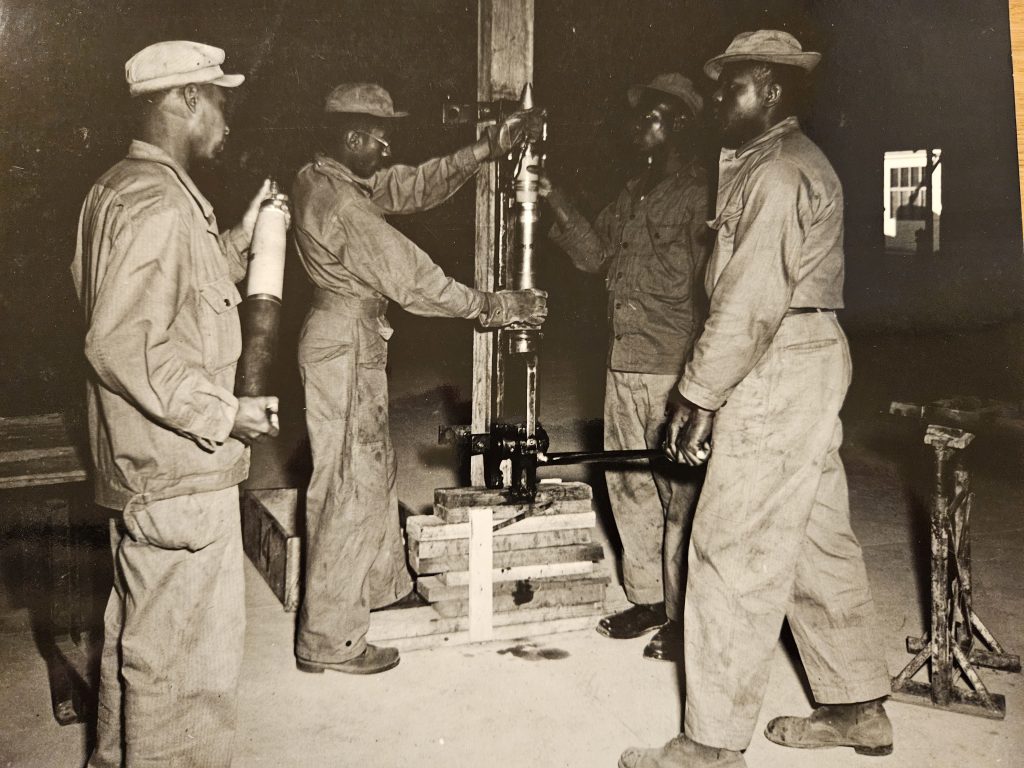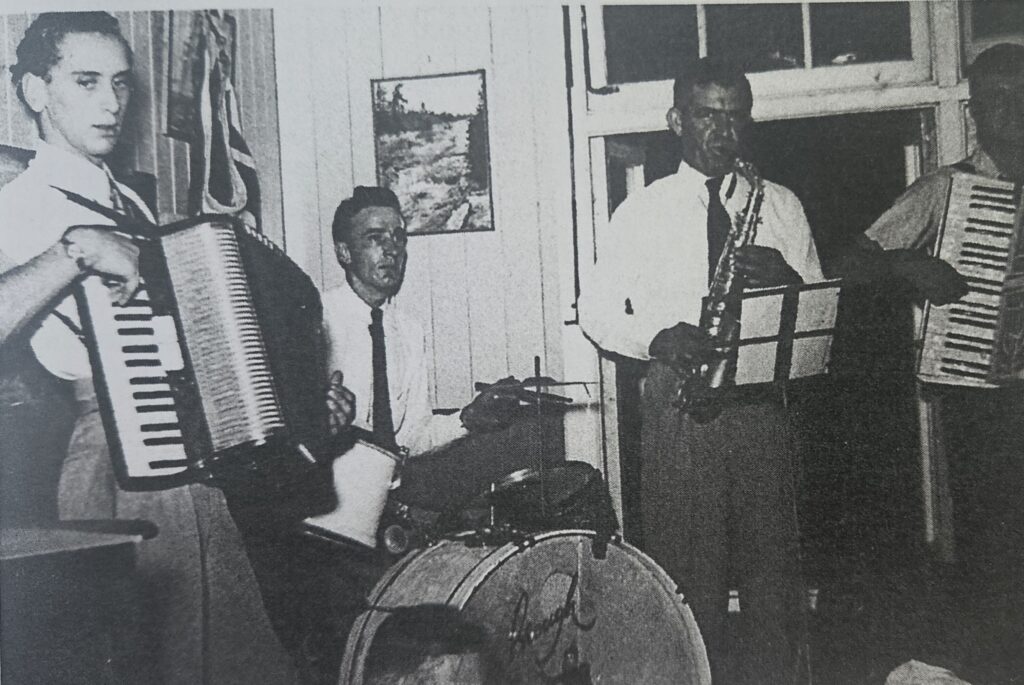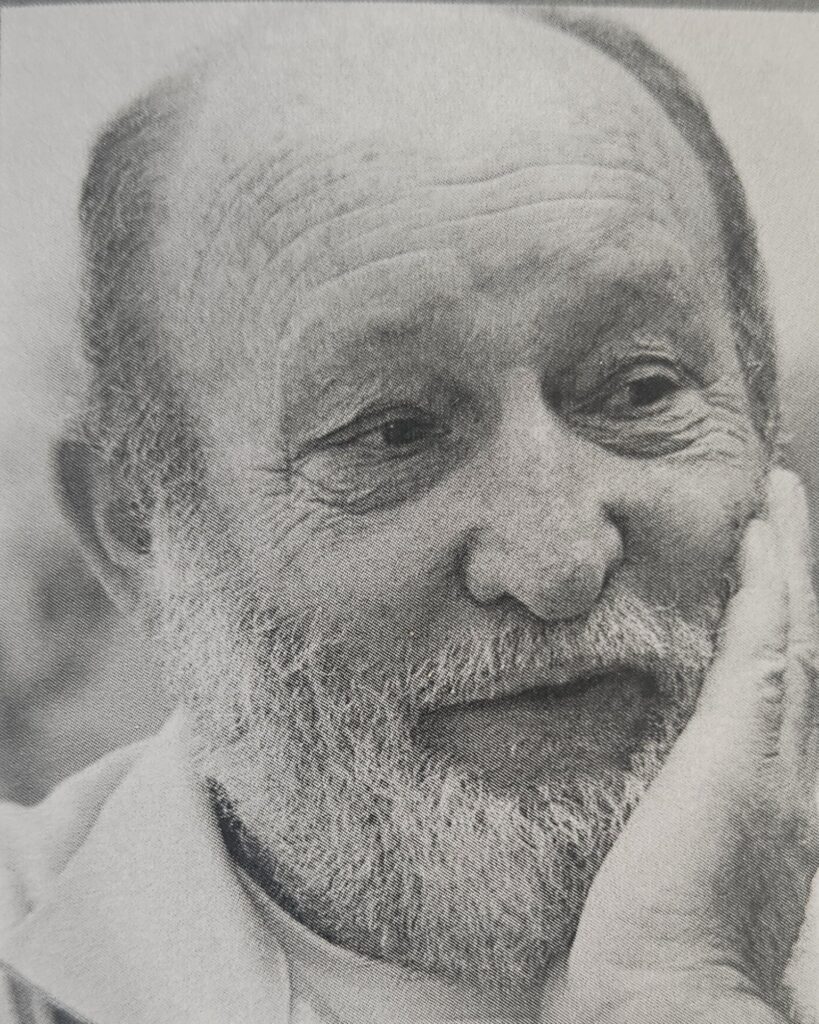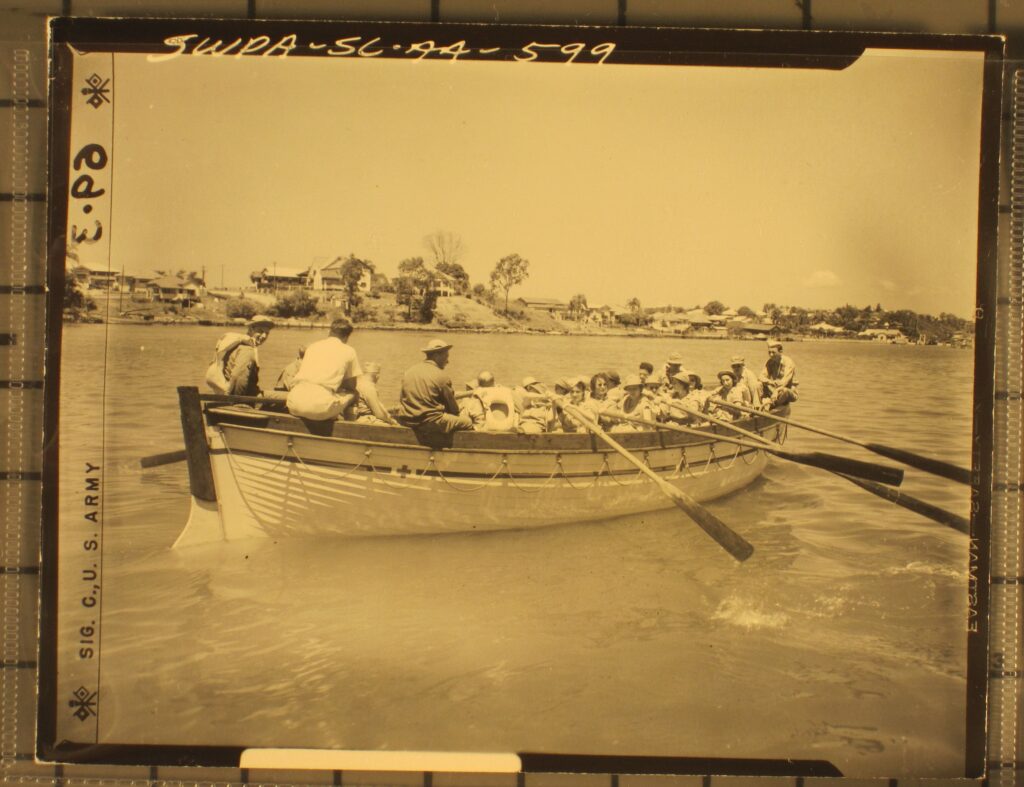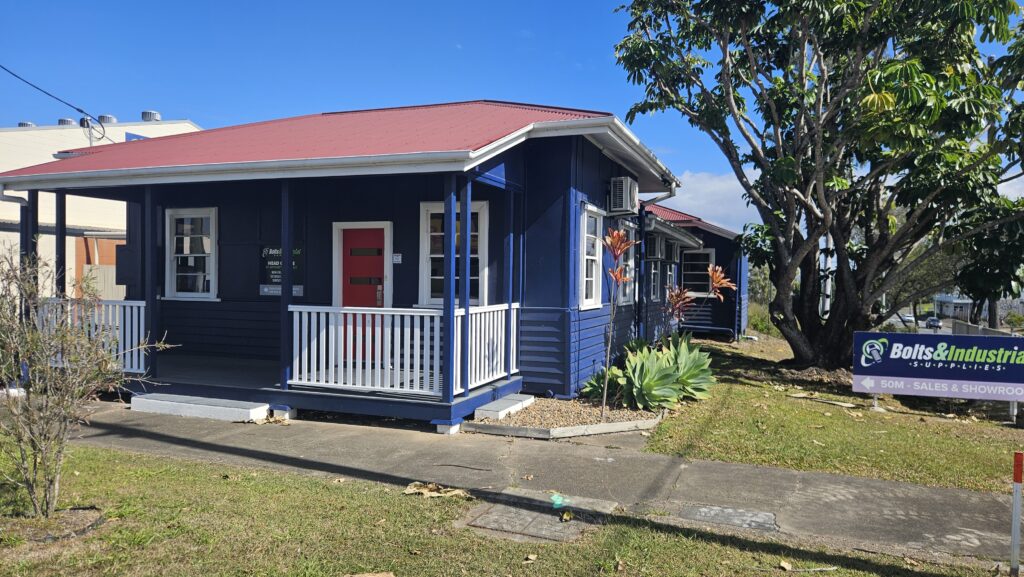Joan Lord (nee Murphy) – Wacol during WWII
I was born in 1927 in a Railway house at Wacol (then Wolston), the youngest of six children. Dr. Moray, a woman doctor from the Wolston Park hospital, delivered me. My father was the local Ganger—responsible for maintenance of the railway line from Darra to Goodna. He was from Roma, and my mother was from […]
Joan Lord (nee Murphy) – Wacol during WWII Read More »

